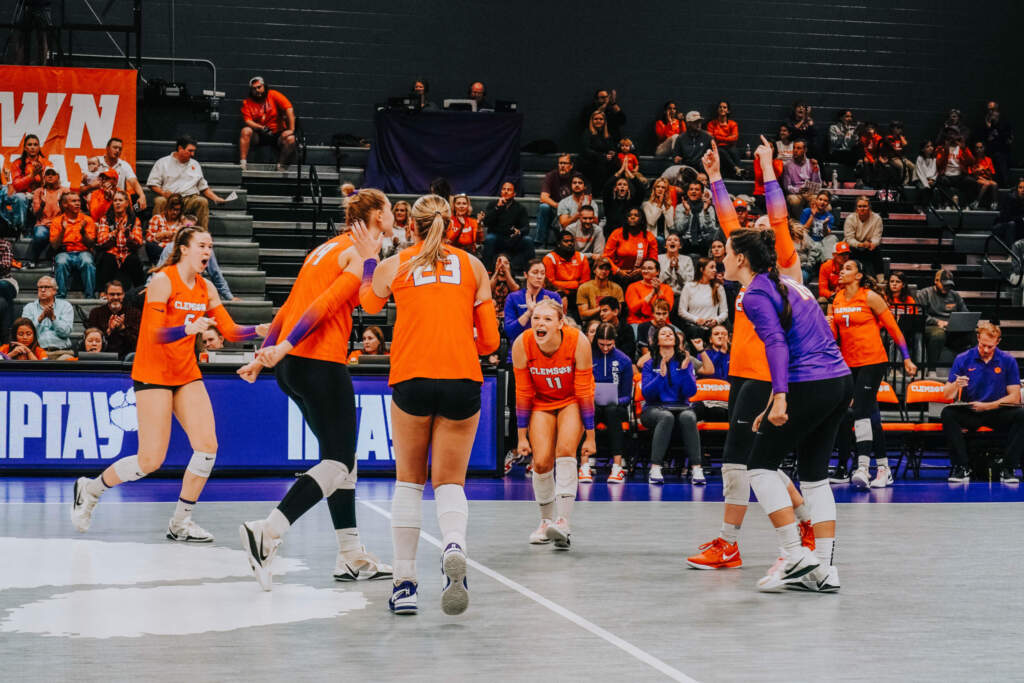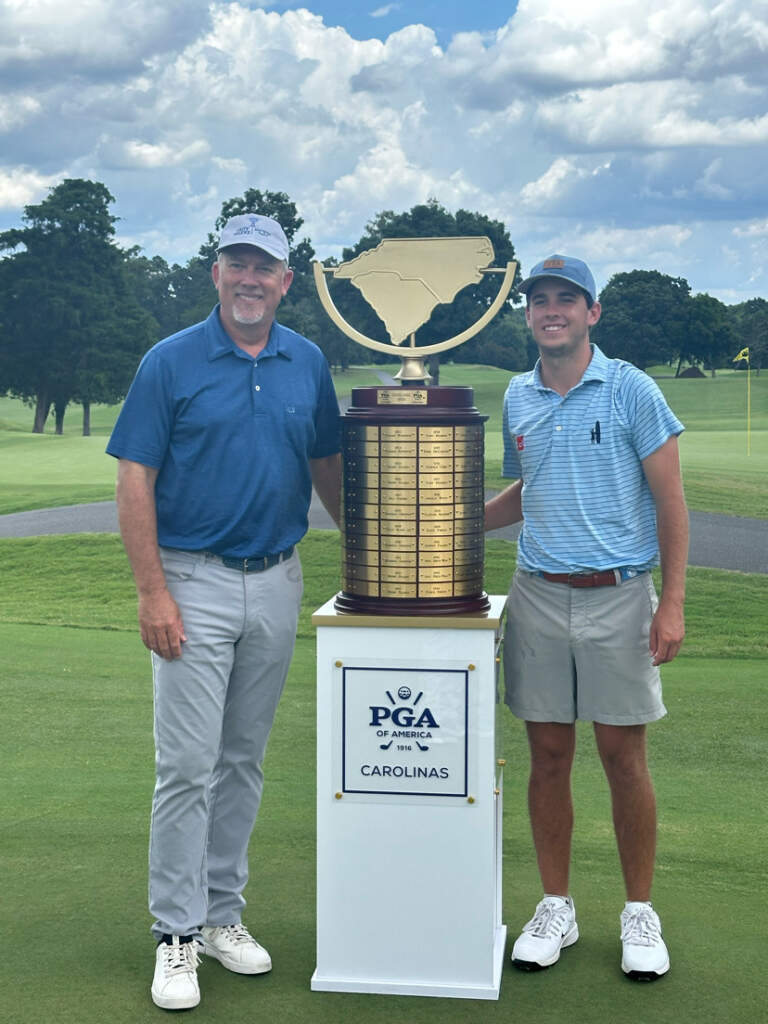Sept. 5, 2000
By Sam Blackman Associate Sports Information Dir. The Citadel Game Program – September 2, 2000
The impact Dr. Rupert H. Fike made at Clemson will always be felt as long as there is a Clemson.
While he touched thousands of lives, he saved many more, first as a radiologist and physician, and second as an educator. Not an educator as we view one today, but as one who would provide a foundation where worthy athletes would have money available where they could continue their education at Clemson.
Dr. Fike is credited with being the originator of Clemson’s world-renowned IPTAY organization, which now provides scholarships in 19 men’s and women’s sports. IPTAY is the lifeblood of the Clemson Athletic Department. It also provides funds for capital improvements. The seed that Dr. Fike needed for his now much-envied group was planted there by then Head Football Coach Jess Neely.
On October 16, 1931, Clemson suffered a surprising 6-0 loss against The Citadel in a game played in Florence, SC. After the game, Captain Frank J. Jervey, Head Coach Jess Neely, assistant coach Joe Davis and Captain Pete Heffner of the university military staff met in a car outside the stadium to discuss ways Clemson could help its football program get back on track. The meeting started the ball rolling towards the establishment of the IPTAY Foundation. Clemson would score just three touchdowns and win just one game during the 1931 season.
Soon Fike came into the picture through correspondence with Jervey. Jervey wanted to form the “50 ($50) Club” but Fike wanted a smaller amount, which he thought, would mean more members and more money.
A letter written by Dr. Fike to Neely, dated August 21, 1934, seems to pretty well pinpoint the exact date of IPTAY’s formation. The opening sentence: “Last night we had a little meeting out at my house and organized the IPTAY Club,” Fike wrote. The purpose (of IPTAY) shall be to proved financial support to the athletic department at Clemson and to assist in every other way possible to regain for Clemson the high athletic standing which rightfully belongs to her.”
He went on to say that those attending the meeting were George Suggs, Gene Cox, E.L. Hutchins, Bill Dukes, J.R. Pennell, George Klugh, Milton Berry, Jack Mitchell and himself.
The organization was first established as a secret organization and initial membership dues were set at $10.00 a year. (I Pay Ten A Year) Many had suggested that $50.00 be the minimum donation, but Fike’s foresight thought it would be best to get as many Clemson supporters involved as possible, so he established the $10.00 minimum.
The excitement about the organization carried over into the 1934 season and the Tigers ran to their first winning season since 1930. Clemson had gone 0-5-1 against Furman and South Carolina in those years, then defeated both teams in 1934.
From that time until his death in 1956, Dr. Fike gave of himself freely to both Clemson and IPTAY, but mainly IPTAY. He served as its first president in a term that ran 20 years. He not only raised money, but he also recruited football players in the pre-grant-in-aid days.
That first year of IPTAY, Fike, Neely and his staff convinced 160 people to pay $10.00 a year to Clemson, for a grand total of $1,600 the first year (not bad during the middle of the great depression).
Just like today, IPTAY is built on teamwork and Hoke Sloan was one of the early workers for the cause of IPTAY. Hoke Sloan, a local merchant and Head Tennis Coach, was a great fund-raiser for IPTAY. He and Red Ritchie (faculty member and later president of the Atlantic Coast Conference) would travel the backroads of South Carolina to search out every possible Clemson fan for contributions. He signed up nearly everyone he got to talk to, as few could refuse his salesmanship and charm when he spoke of athletics at Clemson University and the school’s great heritage and traditions.
The early founders of IPTAY would be astonished if they knew that IPTAY has reached the $10 Million dollar point. The club has definitely kept up with the inflation mark.
Neely was head coach at Clemson from 1931 through 1939 and spent the next 26 years at Rice University in Houston.
Neely coached Clemson to its first bowl game, the 1940 Cotton Bowl, where the Tigers capped a 9-1-0 season by beating Boston College 6-3. Clemson ended the season ranked 12th in the final Associated Press poll, its first top 20 season in history. Boston College was ranked 11th going into the game and it was Clemson’s first win over a top 20 team in its history. The team featured the play of Banks McFadden Clemson’s first Associated Press All-American. Clemson had a 43-35-7 record during Neely’s tenure.
Thousands of athletes have benefited through the IPTAY Scholarship fund since its inception in 1934. But the success of the football team in 1939 was probably the first evidence of how extra money for scholarships would help the program.
“I never worked with a person more professional, and one more energetic in wanting to help Clemson than Dr. Fike was,” Neely once told George Bennett, who is now executive secretary to IPTAY.
“The Tigers had just been beaten by The Citadel in Florence, SC,” Bennett recalls Neely telling him. “And that’s when Coach Neely said ‘something had to be done’ and he proposed the idea to Dr. Fike and that’s when the motor started running (in Fike’s mind).” Neely thought if $10,000 could be raised, the Tigers could have a pretty good program.
“His (Fike’s) idea about this whole thing was what started all of the fund raising (at Clemson), Bennett continued. “It all goes back to him. He’s the granddaddy, the patriarch, of it all.”
IPTAY’s main target in the beginning was to improve the football team. Now, over nine million dollars a year are raised through IPTAY for athletic scholarships only. No other use can be made of the original contribution. However, interest earned on the money is available through the IPTAY Board of Directors for the purpose of equipment in other departments of the university, or band uniforms, or the construction or addition to athletic buildings and facilities.
Neely, Fike and others had a vision in the mid 30’s, but maybe it was Professor Walter M. Riggs, the first Tiger football coach (1896) and later college president, who really showed the institution’s support of football in 1899. He said: “So long as the game of football helps to make better men of our students, stronger in body, more active in mind – men full of energy, enthusiasm and an indomitable personal courage, men not easily daunted by obstacles or opposition, who control their tempers and restrain their appetites, who can deal honorably with a vanquished adversary, and can take victory moderately and defeat without bitterness.
“And as long a football helps the student in his college duties, instead of hindering him, give zest and pleasure to college life, make name and fame for the college on account of victories won, not only by skill and prowess of the team on the gridiron, but by their gentlemanly conduct in the streets of the town they play, in the hotels where they quarter, and on the trains.
“So long as it helps to bring about a closer bond of sympathy between students and members of the faculty by creating a common interest apart from the routine duties-so long as in all these ways the best interest of his and other colleges are advance, and the course of education aided in its highest mission, which is to make the best men out of material at hand, so long we will say for the game of football, long may it live and prosper.”
Although these words were spoken some 35 years before the formation of IPTAY, the ideas expressed by Dr. Riggs are exemplified today in the total education program at Clemson.
The integrity of IPTAY is monumental. This is not a cold-blooded proposition to a young man or woman to “be good or be gone” because it is borne out by the fact that IPTAY has never yet reneged on its commitment to an athlete. When a young man or young woman is given a scholarship to Clemson on the theory that he or she is potential “star” athlete, that’s what he or she gets – an assured education. An athlete can forfeit the scholarship by flunking out or by being an incorrigible citizen of the student community-but there have been amazingly few of those over the last six decades.
A little more than $1,600.00 came into the coffers the first year of IPTAY in 1934, and even less the next year. The year (1954) Fike retired as president, the contributions jumped to more than $68,000 and it topped $82,000 the year he died (1956).
Dr. Fike was a prominent radiologist and physician and cancer specialist at Vereen Memorial Hospital in Moultrie, Georgia, where he died. A native of Spartanburg County, he was a 1908 graduate of Clemson. Before serving on the staff at Vereen, he was associated with the Steiner Clinic in Atlanta and with hospitals at Camilla and Adel, Georgia.
Dr. Fike was awarded an honorary Doctor of Science degree from Clemson in 1952 and was alumni representative on the Clemson Athletic Council for more than 20 years.
After graduation from Clemson, Dr. Fike taught classes at Emory University and at Atlanta Southern Dental College during a 20-year span and was the first southerner to be appointed director of the American Society for the Control of Cancer.
Somewhere today, Fike, as a Clemson graduate, has to be amazed and pleased that his secret organization in 1934 has grown to be the nation’s leader in scholarship fund raising and a model that other schools emulate. As an educator, he is probably more pleased about the thousands of students that have received an education because of IPTAY.

 Pitt
Pitt 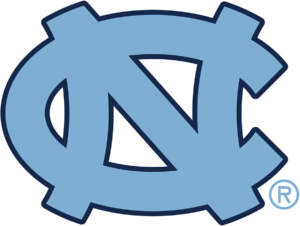 North Carolina
North Carolina  Elon
Elon 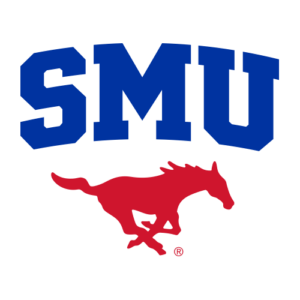 SMU
SMU  Syracuse
Syracuse 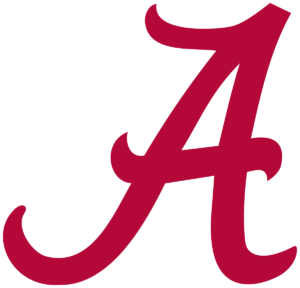 Alabama
Alabama  Tennessee
Tennessee  Charlotte
Charlotte  USC Upstate
USC Upstate  Ohio State
Ohio State  Georgia State`
Georgia State`  Ohio University
Ohio University  Virginia Tech
Virginia Tech  Indiana
Indiana  South Carolina
South Carolina 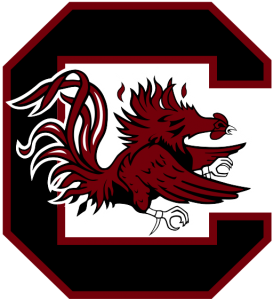 South Carolina
South Carolina  Campbell
Campbell  UAB
UAB 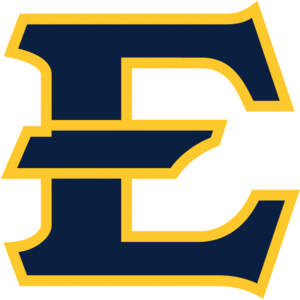 East Tennessee State
East Tennessee State  LSU
LSU  South Carolina
South Carolina  App State
App State  North Carolina A&T
North Carolina A&T 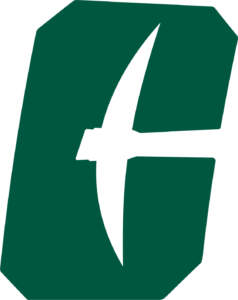 Charlotte
Charlotte 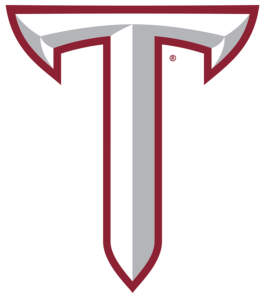 Troy
Troy  Georgia
Georgia  VCU
VCU  Georgia
Georgia 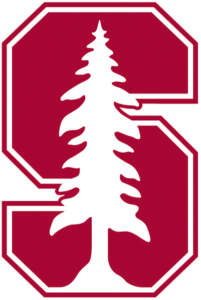 Stanford
Stanford 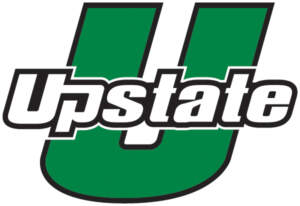 USC Upstate
USC Upstate 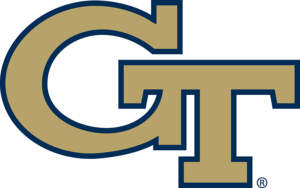 Georgia Tech
Georgia Tech  Wofford
Wofford 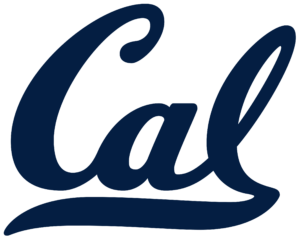 California
California  Queens
Queens  Georgetown
Georgetown 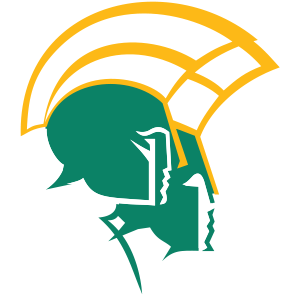 Norfolk State
Norfolk State 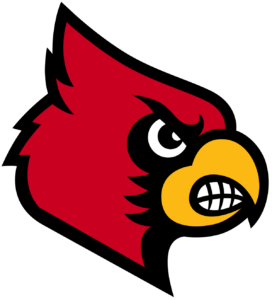 Louisville
Louisville  Charleston Southern
Charleston Southern 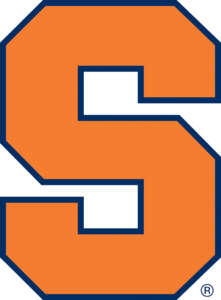 Syracuse
Syracuse  Virginia
Virginia  Florida State
Florida State  Wake Forest
Wake Forest 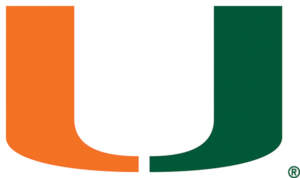 Miami (Fla.)
Miami (Fla.)  Notre Dame
Notre Dame 



